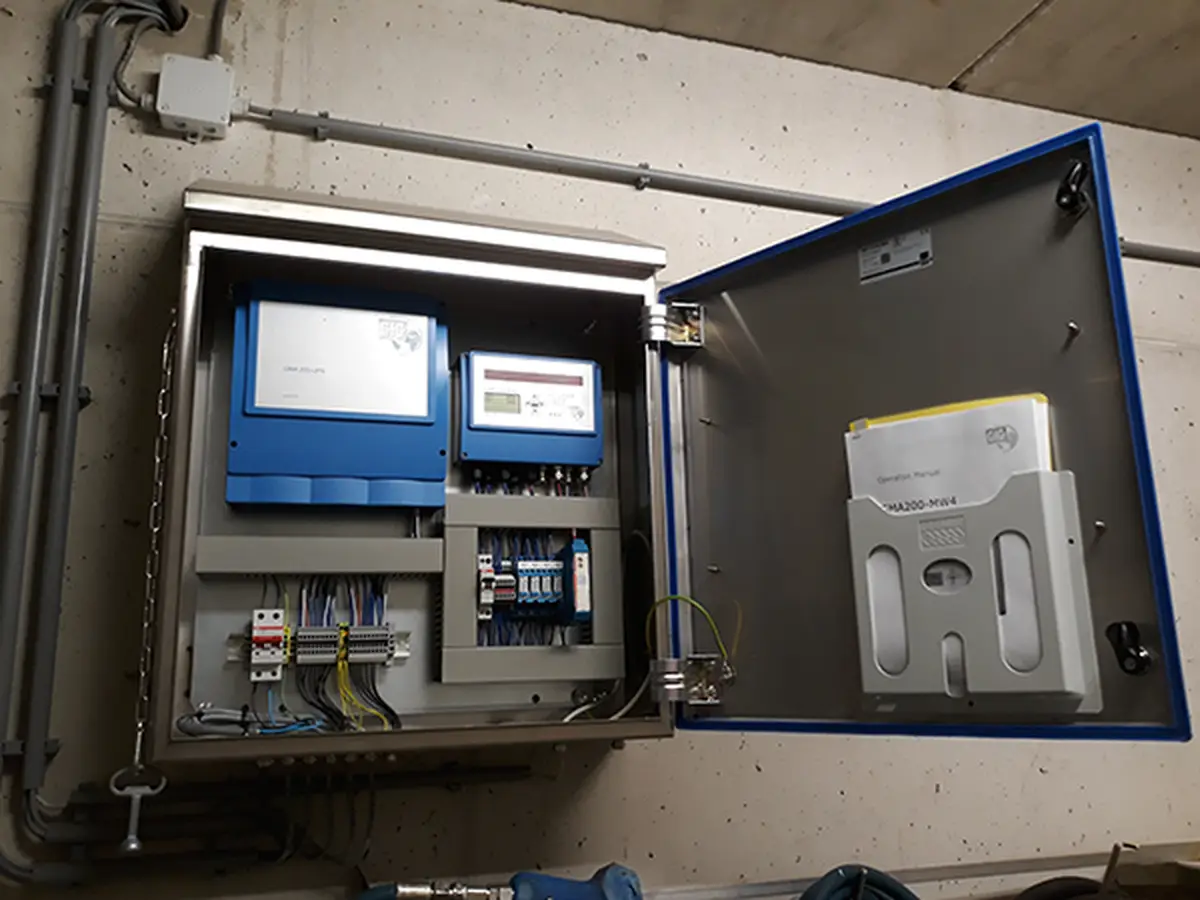The Right Sensor in the Right Environment
The Importance of Accurate Gas Detection
 Today, we are capable of detecting many gases and substances in the air. In production areas and buildings, stationary gas detection has become an essential tool for a safe working environment. In most cases, such systems are intended to issue warnings when a dangerous or toxic gas reaches a high concentration. For oxygen measurements in the workplace, it’s about warning of too low concentrations. Ideally, the work environment is a “clean” environment with 20.9% oxygen and free from toxic or hazardous substances. Within production environments, this is often not the case. This can cause problems for gas detection regarding sensor lifespan.
Today, we are capable of detecting many gases and substances in the air. In production areas and buildings, stationary gas detection has become an essential tool for a safe working environment. In most cases, such systems are intended to issue warnings when a dangerous or toxic gas reaches a high concentration. For oxygen measurements in the workplace, it’s about warning of too low concentrations. Ideally, the work environment is a “clean” environment with 20.9% oxygen and free from toxic or hazardous substances. Within production environments, this is often not the case. This can cause problems for gas detection regarding sensor lifespan.
Measurement Principles of Sensors
Various measurement principles can be applied for sensors in transmitters. A widely used principle for detecting toxic substances is the electrochemical sensor (EC: Electrochemical cell). These cells generally measure very selectively and can achieve high accuracy. The working principle of the EC is similar to that of a battery: by diffusion, the component reaches the electrolyte in the sensor. Chemical reactions occur here, resulting in a voltage difference between the anode and cathode. This voltage represents the concentration. Because the electrolyte is consumed, the sensor has a limited lifespan. For monitoring toxic substances, it is desirable that the background concentration is 0 and that occasional peaks remain within the sensor’s range to avoid a short sensor life.
Challenges at a Composting Facility
We encountered such a problem at a composting facility. For the safety of employees, stationary H2S detection is applied in specific locations. In these (often closed) rooms, people do not work continuously, but they are regularly accessed for tasks. When entering, portable gas detectors are used, but before the room is opened for access, the results from the stationary H2S detection are essential! In some areas, very high peaks can occur, and in certain processes, the background concentration can remain high for a long time. We have experienced that electrochemical sensors reach the end of their lifespan quickly in those locations. In practice, not only are H2S levels high, but NH3 concentrations can also be elevated. Other measurement principles tend to be less selective than EC. It was important that an alternative measurement principle did not interfere with NH3.
Application of Solid State Sensors
For this specific application, a so-called Solid State sensor was selected. This sensor uses semiconductor technology and is highly durable. By using one or more metal oxides at a specific temperature, ions and complexes are formed in the presence of gas. The conductivity changes accordingly, which indicates the gas concentration. It is a less selective measurement principle that is less sensitive in the sub-ppm range and has a slower response time compared to EC. On the other hand, for safety detection, it offers sufficient sensitivity in the low ppm range, it is a “non-depleting” sensor, and thus has a long lifespan even in the presence of background levels and frequent peak values. In this application, it is an excellent sustainable solution!
